Brine pickles, like these fermented carrots, are among the easiest fermented vegetables for beginners to make. That's because you only need to pack your vegetables in a jar, prepare a brine by mixing salt with water, and pour the brine over the vegetables. Super simple.
Jump to Recipe | What is it? | What's in it? | Fermentation Tips | Variations | Troubleshooting
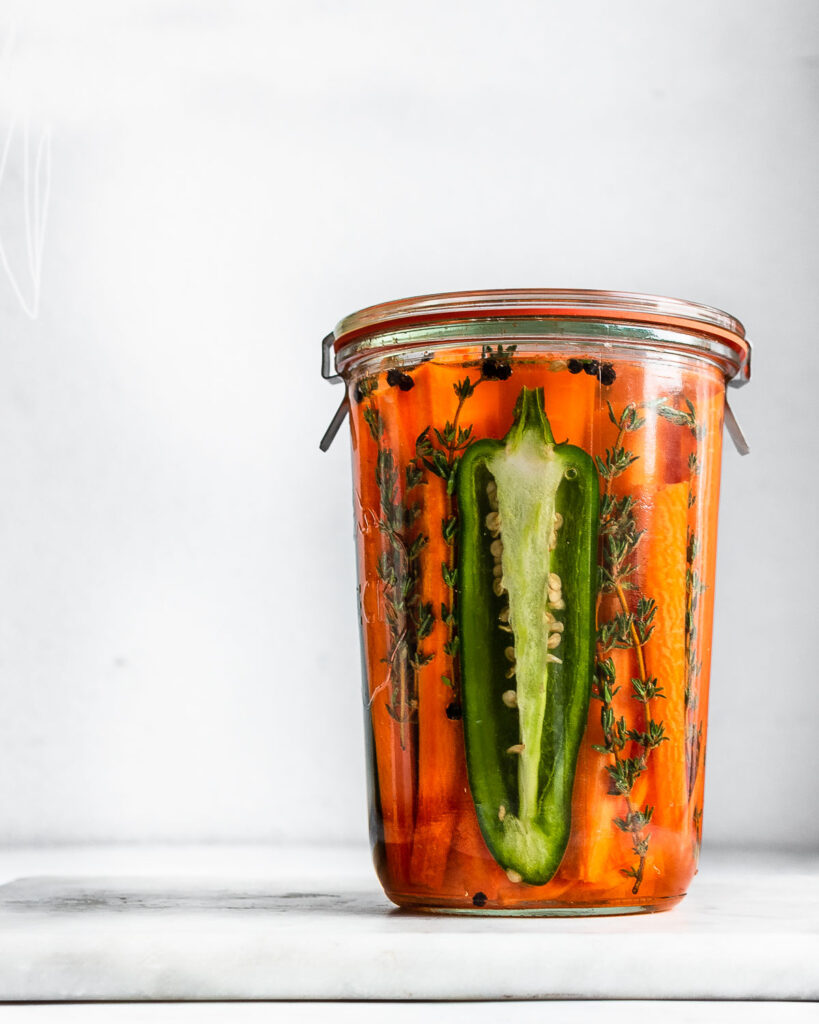
What is it?
Fermented carrots are a naturally fermented food that is rich in beneficial bacteria. Unlike pickled carrots which are preserved with vinegar, fermented carrots undergo a transformative process in which beneficial bacteria transform their naturally occurring sugars into acids, which then preserve the carrots just as vinegar would.
The result is a sour-tart preserved vegetable that's rich in beneficial bacteria. You can use them to bring a little brightness to your salads, to serve alongside a sandwich, to bring to a picnic, or to use anywhere you might serve a pickle.
What's in it?
At its simplest, fermented carrots only need three ingredients: carrots, salt, and water. Salt and water, when combined, form a brine. You pour this over the carrots. This brine facilitates fermentation, and in no time your carrots will be naturally pickled.
In addition to salt, carrots, and water, this recipe also uses thyme, garlic, black peppercorns, and jalapeño peppers. These additions permeate the carrots, resulting in big flavor.
Fermentation tips
While fermentation can seem complex, it's a simple process. You begin by slicing your carrots and jalepeños before dropping them in a jar, along with any herbs and spices you plan to use. From there, you mix salt with water, pour it over the vegetables, seal the jar, and wait.
But while it's simple to make, there are a few tips to keep in mind.
- Use the right equipment. Glass weights and a fermentation seal are two helpful tools that help prevent contamination of your ferments.
- Keep the carrots completely submerged in the brine. When your fermenting vegetables are exposed to air, they're vulnerable to mold. So, make sure your carrots remain completely submerged in brine as they ferment.
- Temperature matters. Carrots will ferment faster in a warm kitchen and more slowly in a cool one. I've found that cool room temperature (about 68 F) is the optimal temperature for my preferences.
- They're done when they taste right to you. Your carrots will become increasingly sour the longer you let them ferment. So, if you prefer a milder version, you might try them around week 2 or 3. If you prefer sourer flavors, you might let them continue fermenting for another 2-4 weeks before transferring them to the fridge.
- Save any extra carrot tops to make this carrot top pesto recipe.
Love this recipe? There's more.
Join Nourished Kitchen's Cooking Club for ad-free browsing, nourishing monthly meal plans, and access to all our premium downloads.
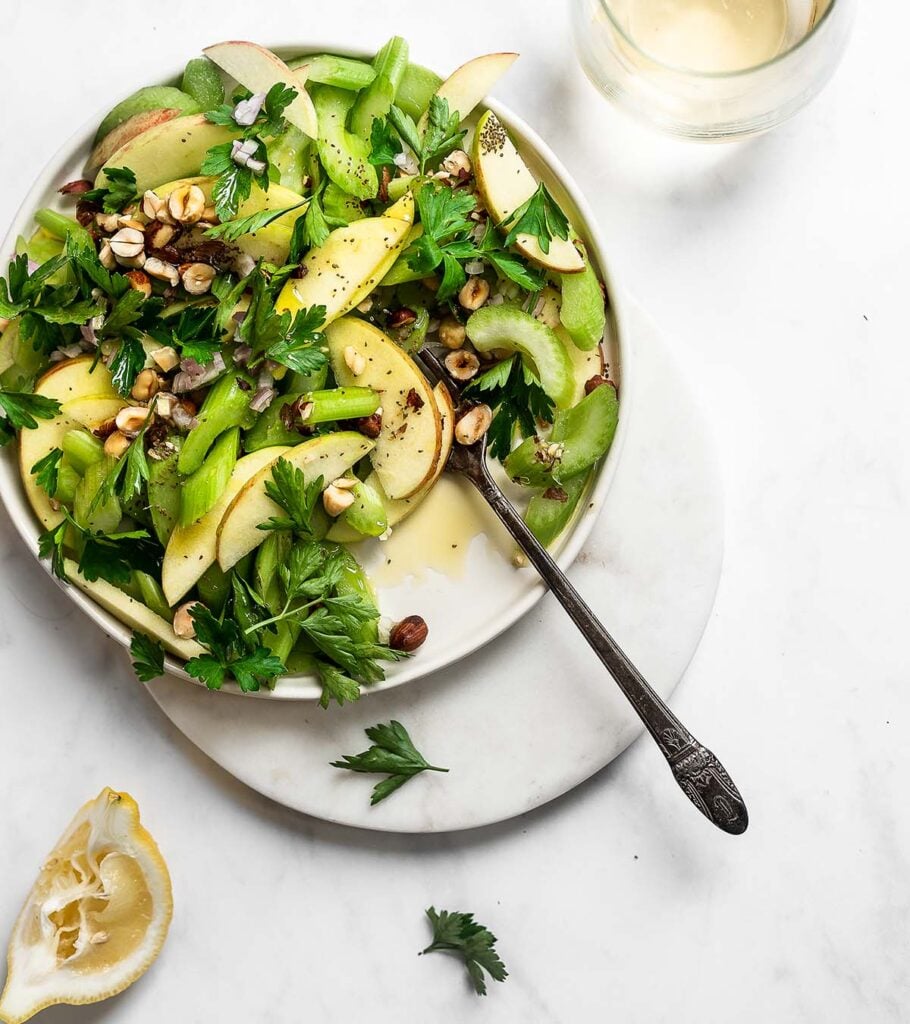
Variations
Try ginger and coriander. Carrots natural sweetness finds balance with the citrusy notes of coriander and the heat of fresh ginger. Leave out the lemongrass, but swap the peppercorns in this recipe for coriander seed, and add 2 tablespoons of thinly sliced ginger in place of the garlic and jalapeño.
Make a mild version by leaving out the jalapeño.
Make it extra spicy by swapping in jalapeños for half the carrots.
Make dilly carrots. Dill has a natural affinity for many fermented vegetables (especially sour pickles and sauerkraut), and the herb works well in this recipe, too. Swap the thyme for a few sprigs of flowering dill, and then leave out the jalapeño.
Add some daikon or burdock root. Both daikon radish and burdock root are a nice addition to this ferment, you can add them in place of carrots or use a mix of all three root vegetables.
Add ginger, garlic, and chili flakes. Taking inspiration from kimchi, you can add ginger, garlic, and gochugaru (Korean-style chili flakes) which will give the carrots a gorgeous flavor with just the right amount of heat.
You might like these recipes, too:
Troubleshooting
My brine has turned cloudy. Are my carrots still okay? Yes. As the bacteria begin to proliferate, your brine will become cloudy. This is a good sign.
My brine is thick and viscous. Is that a problem? High-sugar vegetables, such as carrots and beets, often produce a thick and viscous brine. This is understandably unappealing. Fermenting at the right temperature (around 65-70 F) and for a longer period of time can reduce the viscosity. If your brine is viscous and your ferment smells putrid, it's time to throw that batch away.
I see mold on my fermented carrots. What should I do? Using the proper equipment, such as fermentation weights and a seal, will help prevent the development of mold on your ferments. If you see a small speck of mold, you can gently lift it off your ferment and reseal your jar. If the mold is thick or has heavily penetrated your ferment, you should throw your carrots away.
Do I need to use whey or a starter culture? No. Read more about the use of whey and other starters in fermentation.

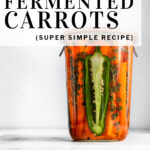
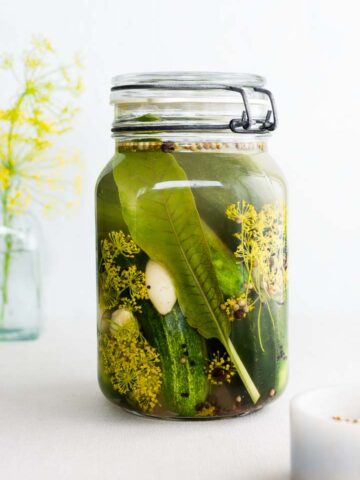
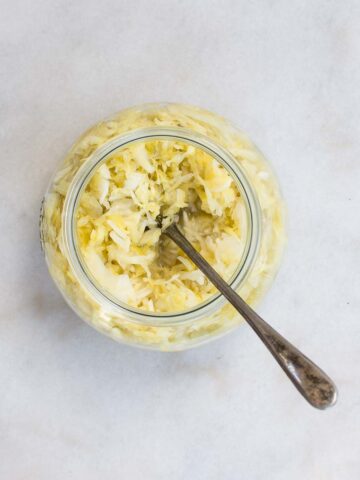
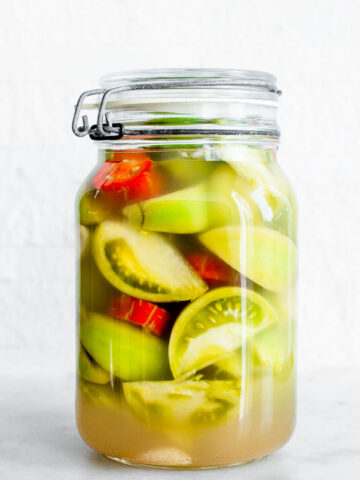
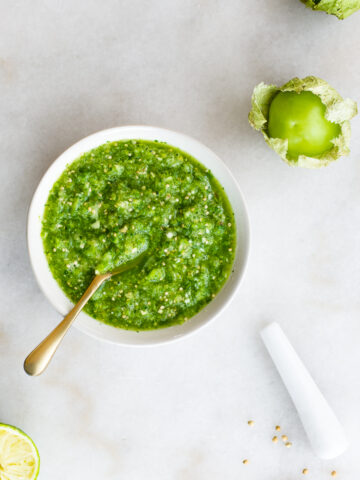
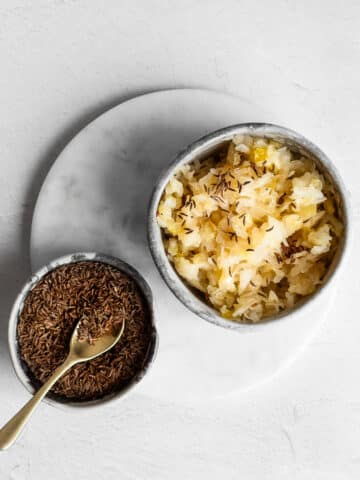
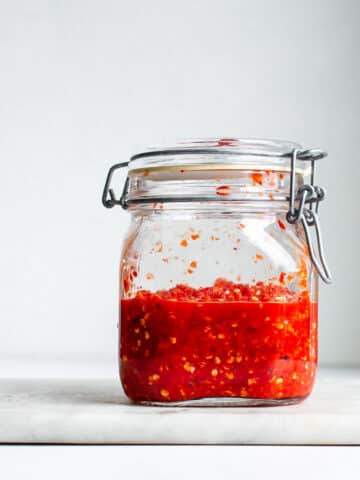
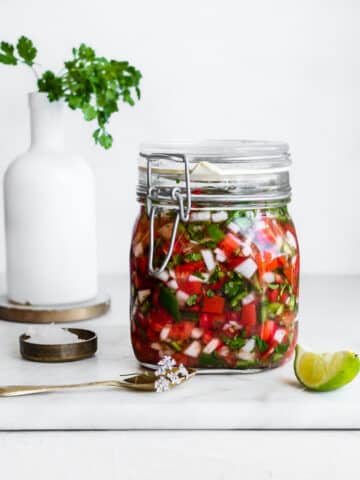
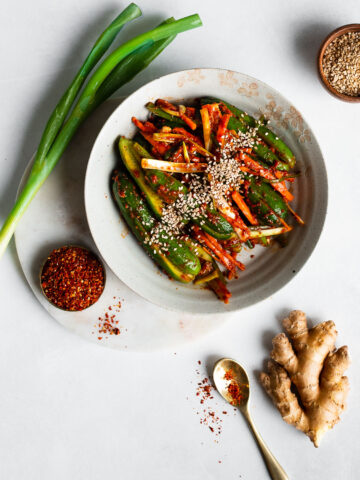
Marilyn Vachon says
I am going to try to ferment veggies for the first time. some places have a "vented" or loose fitting jar to let gas escape and you say tight fitting jar. I don't know what to do. lol.
Jenny McGruther says
Hi Marilyn,
You use a tightly sealed jar. Loose-fitted lids encourage the growth of mold because they allow for the free exchange of oxygen during fermentation. Ideally, you'd use an airlock or specially designed fermentation seal (they're affordable).
Lisa says
Is it possible to grate the carrots rather than cut them into spears. I know I can just try it and see what happens, but if you've already done so and can advise, I'd appreciate it. Also wondering about smaller pieces. I have kids who would love to get carrots cut into hearts or stars with cookie cutters. Thanks!
Jenny McGruther says
Yes, it's possible. Combining ginger and grated carrot is a popular ferment. Remember, though, that carrots are a high-sugar vegetable and ferments made with grated carrots can become viscous. That texture doesn't appeal to most people. If you do a quick ferment on the carrots, you should be able to catch it before they develop that syrupy texture.
Zarana says
Love this recipe! I used different colored carrots - my liquid has turned red.. is this normal? Can send a picture to you..
Appreciate your reply.
Amanda R. says
Tried this because I grew both carrots and jalapenos. Mine didn't make it the four weeks - too much kham yeast, so I pulled it and skimmed it out. And it is still really good. Just starting to get that smoky hint, just a bare taste of that jalapeno, it's really good! Diced it up into (finished) fried rice today, and it was a terrific topping for it.
Alane says
My FAVORITE fermented carrot recipe!
Billy says
This looks delicious! I've been looking for recipes that include jalapenos in them, the heat it brings to a pickling project is great! I think the heat from the jalapeno gets concentrated when you pickle it too. Thank you for sharing! Can't wait to try this at home.
Viola Raw Woolcott says
Sounds pretty easy and looks delicious. I do mine with Chillies. I love it!